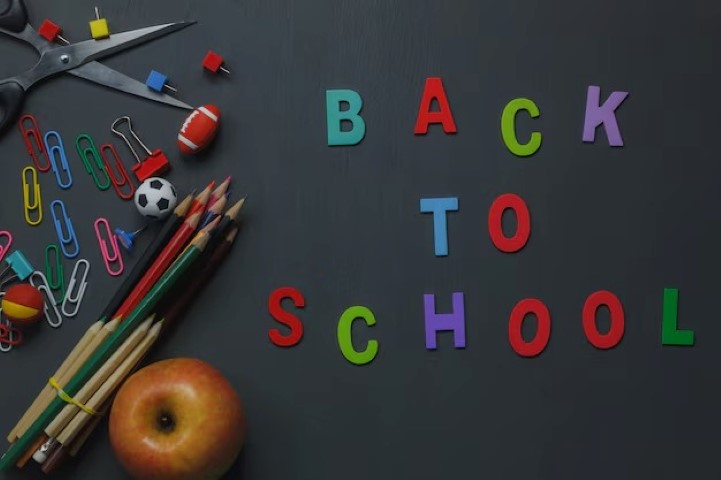Seed Collecting: The Art of Gathering Nature’s Treasures
Seed collecting, or the act of gathering seeds from plants, is a fascinating and rewarding hobby that connects us to the natural world. Whether you’re a gardener, a botanist, or simply someone who appreciates the beauty and diversity of the plant kingdom, seed collecting can be a truly enriching experience.
In English, the term “seed collecting” is used to describe this activity. The verb “to collect” means to gather or accumulate a number of things, and “seed” refers to the small, protective casings that contain the embryos of new plants. So, “seed collecting” is the process of gathering these small but vital plant parts.
Why Collect Seeds?
There are many reasons why people engage in seed collecting. Some do it to grow their own plants, whether for a garden, a greenhouse, or even a indoor planter. Others collect seeds for scientific purposes, such as studying plant genetics or conservation efforts. Seed collecting can also be a way to preserve rare or endangered plant species, ensuring that their genetic diversity is maintained for future generations.
Regardless of the motivation, seed collecting can be a deeply rewarding and educational experience. It allows you to connect with the natural world in a tangible way, and to better understand the life cycles and adaptations of the plants around you.
How to Collect Seeds
The process of seed collecting can vary depending on the type of plant and the environment in which it grows. However, there are some general guidelines that can help you get started:
1. Identify the plant: Before you can collect the seeds, you’ll need to know what kind of plant they come from. This will help you understand the best time and method for collecting them.
2. Wait for the right time: Most seeds are ready to be collected when the seed pod or fruit has fully ripened and begun to dry out or split open. This is usually in the late summer or fall.
3. Gather the seeds carefully: Gently remove the seeds from the plant, being careful not to damage them. You may need to use scissors or pruners to cut the seed pods or stems.
4. Store the seeds properly: Once you’ve collected the seeds, it’s important to store them in a cool, dry place until you’re ready to use or share them.
Seed Collecting in Action
Imagine you’re out for a walk in a local park or nature preserve, and you come across a beautiful flowering plant you’ve never seen before. You decide to collect some of the seeds, with the hope of growing them in your own garden.
First, you carefully observe the plant, taking note of its features and trying to identify the species. Once you’ve determined that the seeds are ready for collection, you gently pluck a few from the seed heads or pods, being careful not to damage them.
Back home, you clean the seeds and place them in a labeled envelope or container, making sure to include the date and location of collection. You then store the seeds in a cool, dry place, ready to plant them at the appropriate time.
As you watch the seedlings emerge and grow, you’ll feel a sense of connection to the natural world and the cycle of life. Seed collecting is not just a practical activity, but a way to engage with the beauty and complexity of the plant kingdom.
Conclusion
Seed collecting is a rewarding and educational hobby that allows us to connect with the natural world in a tangible way. Whether you’re a gardener, a botanist, or simply someone who appreciates the beauty of plants, this activity can be a truly enriching experience. By learning how to properly identify, collect, and store seeds, you can contribute to the preservation of plant diversity and enjoy the satisfaction of watching your own plants grow from the seeds you’ve gathered.











